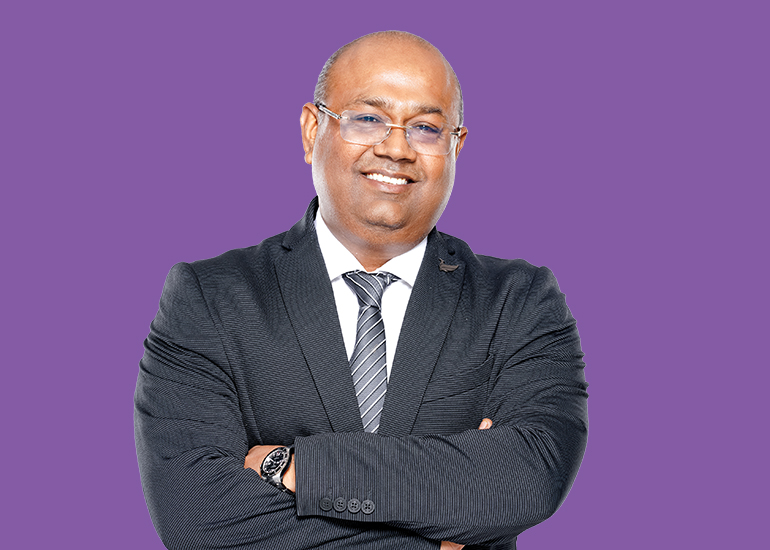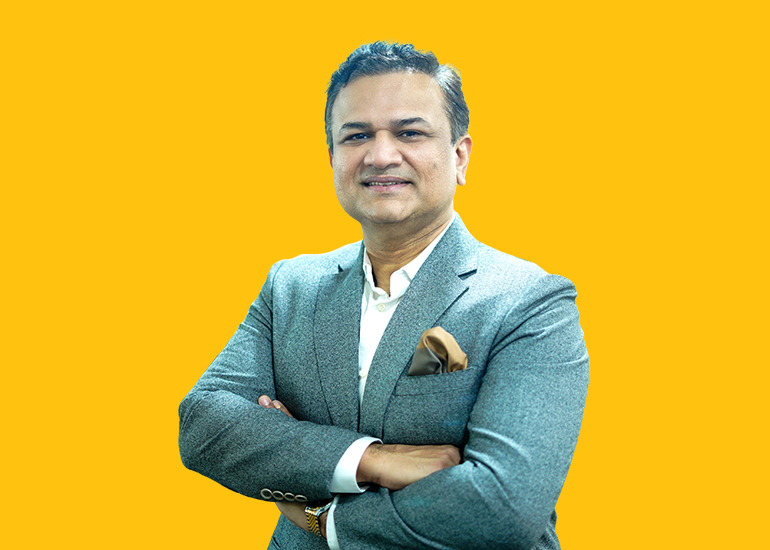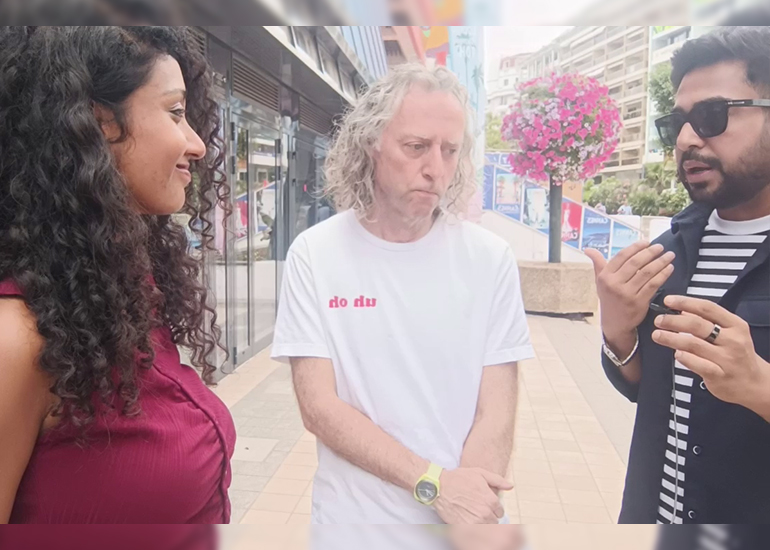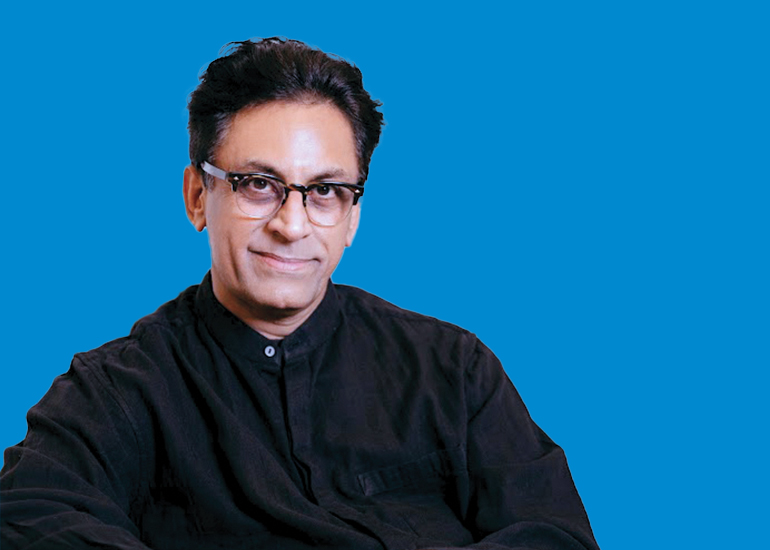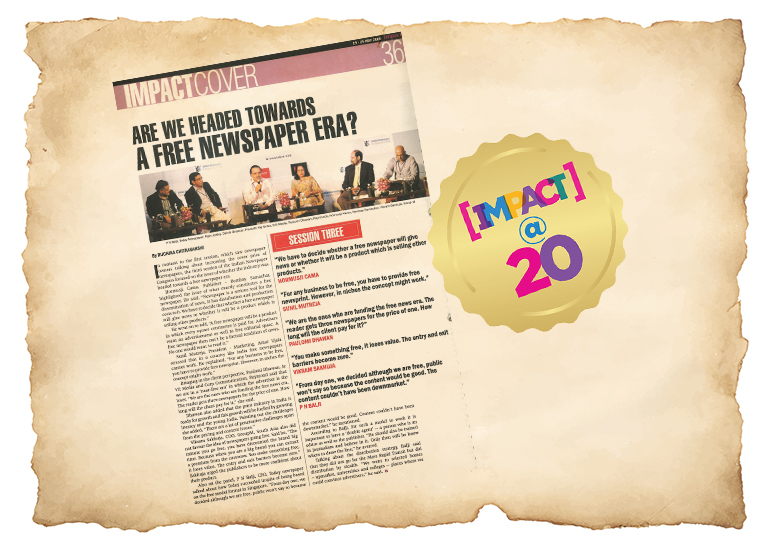The word ‘Dolby’ takes you back to the days when film theatres would be rated average or above based on whether they had one feature in place – a Dolby surround-sound system. A film backed by the technology of Dolby was a good bet to create impact through strong sound quality. But as newer technologies emerged, Dolby - still one of the biggest names in the audio and visual technology space - was left behind in the consumer’s mindspace, and became more of a B2B brand - where consumers didn’t have a direct stake. Ashim Mathur, Senior Regional Director Marketing, Emerging Markets, Dolby Laboratories, is looking to change just that.
Mathur notes that while the brand’s legacy, and its consumer connect comes from cinema, they have not had to work on the recall of the brand name. What they are having to do, however, is talk about the fact that Dolby is powering so many devices that people use today, and it is very much a part of their lives.
The brand partners with OEMs to enable the devices with Dolby technology as a part of the ecosystem. For instance, apart from films, the brand is associated with more than 75 HD channels on the broadcast side that are streaming content in Dolby Audio. Other partners being OTT platforms and Indian OTT services such as Voot, Eros Now, YuppTV, Sun NXT, among others, that use Dolby technology.
With the new campaign, ‘Mobile Pe Dolby Hain Kya?’ (Got Dolby on your Mobile?), Mathur intends to spread the muchneeded awareness among consumers about the features that Dolby brings to their cinemas, their TVs, or now, to their mobile phones as well. With its series of ad films, which launched in 2014-15, the brand has been attempting to reach out to these indirect consumers, directly.
Now, with the falling cost of mobile devices, coupled with a rapid rise in adoption of mobile Internet, and content that can be consumed on the move, reaching out to consumers has become even more important to Dolby’s marketing initiative. “Awareness should tell people generally what Dolby is, what the technology is, what it does for them. And education will bring the relevance piece from a brand perspective, and how we actually enrich the lives, enhance the entertainment, and make the benefits,” says Mathur, adding, “Consumers look for the benefits, what it does to them.” GROWING WITH DOLBY OVER THE YEARS
GROWING WITH DOLBY OVER THE YEARS
This new campaign – the fourth in the series – created in a mockumentary style, uses story-telling as a medium to showcase a family having grown with Dolby over the years, that is now taking a step further to talk about the features that consumers have on their mobile phones. The campaign, which speaks to the mobile consumers of today, is being showcased largely on digital platforms, with some extension on TV, Radio and Cinema.
Content is also critical for adoption among consumers, according to Mathur. “Content drives a lot of the adoption on television screens, on the sound bars, in home theatres. And that is slowly coming on to smartphones,” he says.
Through the campaign, the company is also collaborating with OTT platforms, OEMs, mobile brands, and content creators, to help influence purchase decisions with the feature-driven approach. Mathur notes, “That’s why you need to talk to the consumers, tell them this technology is what you are missing in your entertainment. It’s about bringing the relevance that quality audio is important in your entertainment experience. I will not say competitive, but that’s the biggest challenge which we have from a marketing perspective.”
In Mathur’s opinion, a big challenge is also the narrative that the brand is trying to build – that audio is equally important in the triangle of content, experience, and technology. “The triangulation has to happen for the best consumer experience,” he says, adding, “It’s not that it’s a 5-inch screen or a 7-inch screen, and you won’t get that experience. As per that screen, as per that experience limitation, you will get the best experience out of it,” says Mathur.
E - PAPER
Advertisment
AFTER CINEMA AND TV, DOLBY MOVES TO THE MOBILE
With its new campaign ‘Mobile Pe Dolby Hain Kya?’, Dolby aims to spread awareness about features that it brings to mobile
 BY
Arpita Mukherjee
BY
Arpita Mukherjee
30th September 2019

- TAGS :
- interview
RELATED STORY VIEW MORE
TOP STORY

Who is the right choice, baby?
As the number of celebrity endorsements keep rising, in an ever competitive ad world, the question remains: What creates impact? The celeb or the content?
NEWS LETTER
Subscribe for our news letter
E - PAPER
-

CURRENT 
LAST WEEK
Subscribe To Impact Online
IMPACT SPECIAL ISSUES

demo
Anupriya Acharya Tops the IMPACT 50 Most Influenti
Advertising Turbocharged
A Toast to creativity
GOAing towards tech-lead creativity
REDISCOVERING ONESELF
50 MOST INFLUENTIAL WOMEN LIST 2022
BACK WITH A BANG!
Your Best Coffee Ever
PR Commune Magazine June-July 2022
13th-ANNIVERSARY-SPECIAL
PR Commune Magazine April 2022
VIDEO GALLERY VIEW MORE

Use your existing account to sign in
